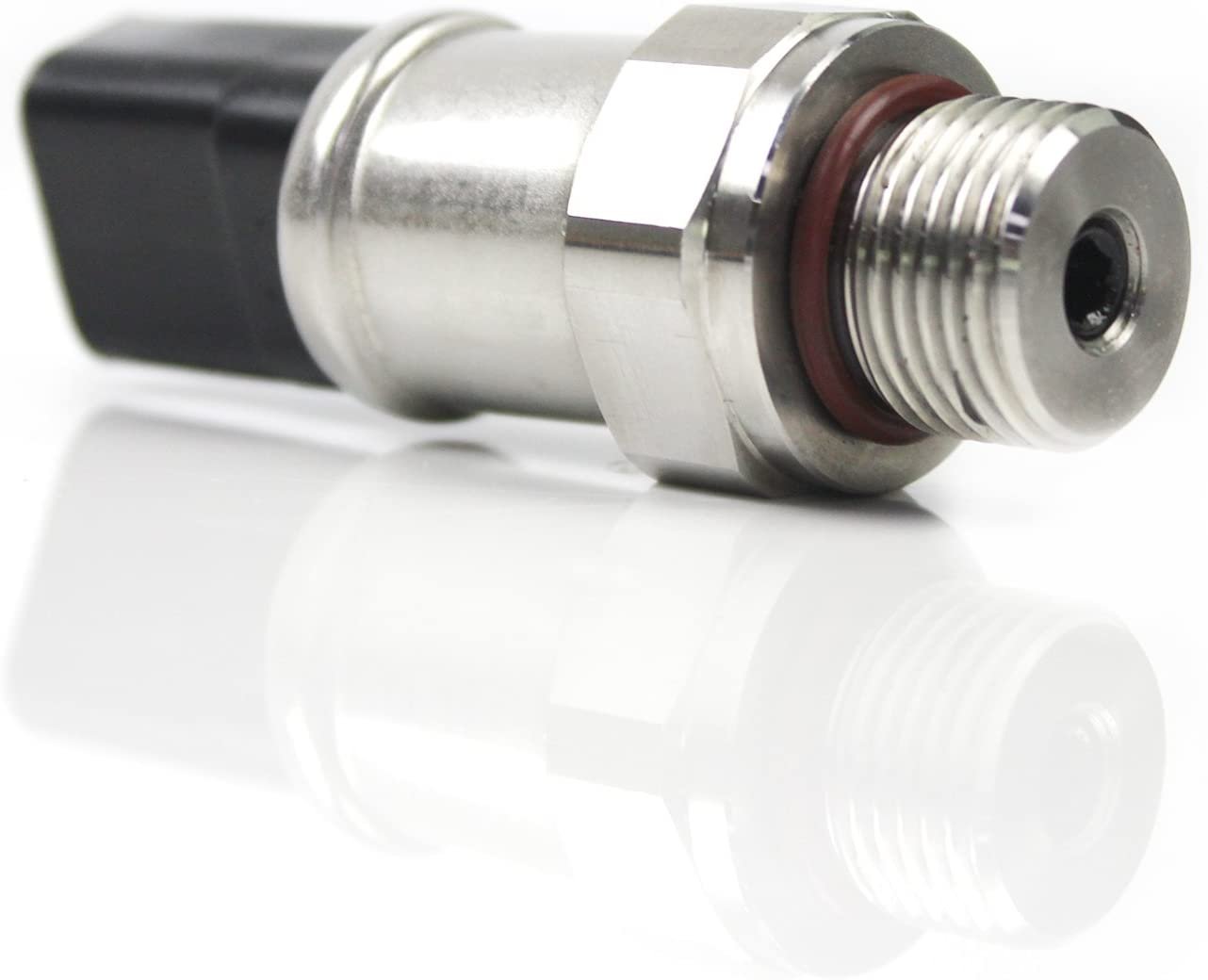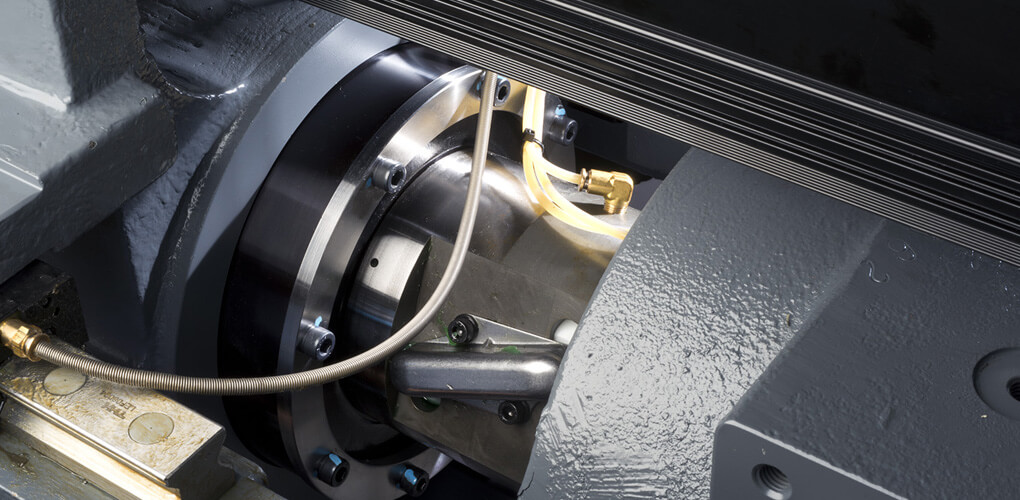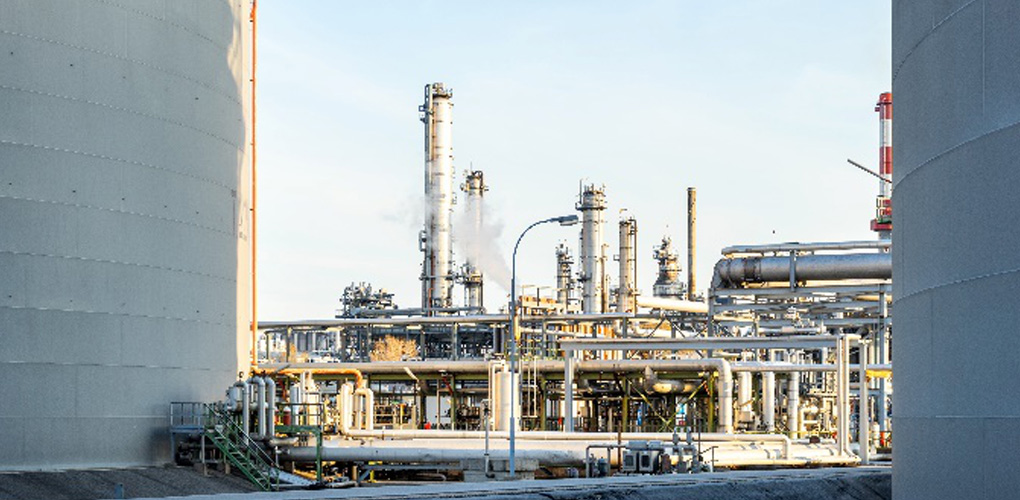Choosing Hydraulic Pressure Sensor for OEM Application
Hydraulic Pressure Sensor: Choosing for OEM Applications
The present mechanically progressed hydraulic pressure sensor is more precise, dependable, and rough than any transducer in recent memory. They are ideal for long haul utilization even in unforgiving conditions of extraordinary temperature, stickiness, and vibration.

These are utilized in a wide assortment of modern applications going from HVAC/R blowers, refrigeration, and variable speed siphons to pressure-driven weight, oil, and water. They may, for instance, measure the:
- The pressure of fluorocarbon refrigerants to advance refrigerant stream in
- Industrial refrigeration applications
- Pressure of hot and chilled water in refrigeration frameworks
- Hydraulic tension on uncompromising rough terrain loaders and forklifts
- Shop pneumatic force through an enormous car plant for use via air tools
- Braking framework tension on a train
- Discharge and pull pressure for blowers or siphons
- Water tension on a fire engine
Where Can You Apply It?
A transducer can be utilized anyplace where there is a pipeline or chamber. Its capacity is to detect and change overweights into a relative electrical yield signal that is communicated to an observing or control framework.
You May Also Read: Choosing Hydraulic Pressure Sensor for OEM Application
These sensors screen the exhibition and proficiency of frameworks and help upgrade their activities. Therefore, choosing and introducing the right transducer for another application is a significant choice. Choosing some unacceptable transducer can bring about framework issues.
What are the essential contemplations in picking the privilege water driven weight sensor?
Essential contemplations in deciding the sort of hydraulic pressure sensor, if it appears to be that choosing the correct weight transducer for an application is confounded, that might be because of the advancement of the business.
In addition, the continuous headways in innovation have made an always expanding cover in the capacities and determinations of the different transducer advances. The outcome is a wide selection of hydraulic pressure sensors that you may utilize in a solitary application.
"Advanced configurators" may assist you with narrowing your choice, yet they require an excessive measure of nitty-gritty data about your necessities and how those prerequisites coordinate to the abilities of various items.
A substantially more sensible methodology is to initially see how an application engineer thoroughly considers the choice cycle, and afterward go to the discussion outfitted with the data the person in question should give you the most ideal arrangement, in view of your particular application, necessities, and climate.
Pressure:
The first and most significant thought is pressure. Various inquiries should have an explanation to guarantee the right transducer is chosen. What is the weight territory that the transducer will quantify? What is the greatest weight the transducer will experience? Potential for overweight in the framework?
When you have responded to the inquiries that identify with your application, it is prescribed to allude to the weight transducer's information sheet and find the qualities for the accompanying inquiries
Also, you need answers for what is the confirmation pressure? What is the blasted weight? The responses to these inquiries are promptly accessible online through the producer's information sheets. However, a grounded maker will have application engineers accessible to examine your application prerequisites further.
Viability with the media:
Any wetted surfaces of the transducer should be viable with the media, which can incorporate engine oil, brake liquid, refrigerants, pressure-driven liquids, seawater, wastewater, faucet water, oxygen, compacted air, and nitrogen, to specify only a couple.
You should pay extra attention to brutal media, for example, alkali, ionized water, salt water, hydrogen, acids, and stream fuel. Additionally, be certain that the stomach, fittings, and welds are viable with the media.
A lot of this data is present on the item information sheet. However, a legitimate maker will have specialized help accessible to respond to extra inquiries you may experience.
Temperature
The thought of temperature alludes to the temperature of both climate and cycle media. Note that transducers can work in many conditions and cycle media temperatures.
At the point when an application includes high temperatures, the buyer should open exchange with the transducer maker to discover answers for apparently troublesome or unimaginable establishments.
For instance, say you have use of 300°F steam, yet the transducer you're thinking about just has a repaid temperature scope of up to 150°F.
For this situation, tackle the issue by taking the line that runs from the steam line to the transducer, put a connection to the tubing (even as short as 12 inches, contingent upon the climate), and disperse the high temperature into the air.
Climate
Firmly Analyze the climate in which the transducer will work. This incorporates temperature and dampness, yet additionally, entrance security.
At times the genuine entrance assurance required for the application isn't archived in the plan particular and clients make specific tests for basic segments like the mechanical weight transducer. Force Clients to contact their transducer maker to talk about entrance security prerequisites.
Different contemplations incorporate stun and vibration that the transducer may experience, particularly in more extreme applications, for example, trains or fire engines.
On the off chance that space is including some built-in costs, discover a unit with a little impression. Area and direction are further establishment contemplations. The transducer producer may have experienced comparable prerequisites and may have proposals for your application.
Precision
A transducer's precision is the consolidated impacts of its linearity, hysteresis, and repeatability. Every model's detail sheet contains Exactness. An exceptionally basic precision rating is ±0.25 percent of full-scale yield. In the event that you require higher precision, models with ±0.10 percent are accessible.
Customization Options
On the off chance that an exceptional plan is required, you can arrange a redid sensor to impeccably coordinate into your OEM plan. In addition, these sensors can be aligned to any necessary weight territory and working temperature. At Ouldsensors, offers quality things and practical answers for our OEM clients.
Our DP350 low weight sensor, for instance, is exceptional. It can pressure ranges as low as .008 psid and its ports can be tweaked. It explicitly deals with incredibly low weight estimations in HVAC applications yet can likewise deal with spill identification.
Also, at Ouldsensors, we can design this sensor to your necessities, including the necessary weight territory, ports, working temperature, and lead wire length and shading. Our accomplished delegates can assist you in deciding the important adjustments for your circumstance.
You May Also Read: Water Pump Pressure Transducer: Monitoring Water Overhead Reservoir
Conclusion on Hydraulic Pressure Sensor
- Leading long haul steadiness
- Insensitivity to vibration
- High burst weights and high working weight ranges
- Flexibility and magnificent repeatability
- Onboard signal molding
- Insensitivity to the mounting direction
- Custom alignment accessibility
- Internal symptomatic capacities
- Energy proficient
- PC-or SPI-viable computerized yield or simple yield
- Small structure factor
There are numerous contemplations when choosing to constrain sensors to meet the current prerequisites. Luckily, the length of the present sensor a wide scope of choices—from fundamental "nitty-gritty" pressure sensors to rock-solid weight transducers ideal for the harshest of conditions.













